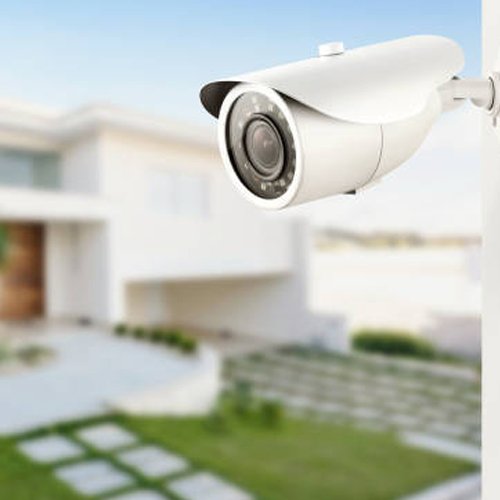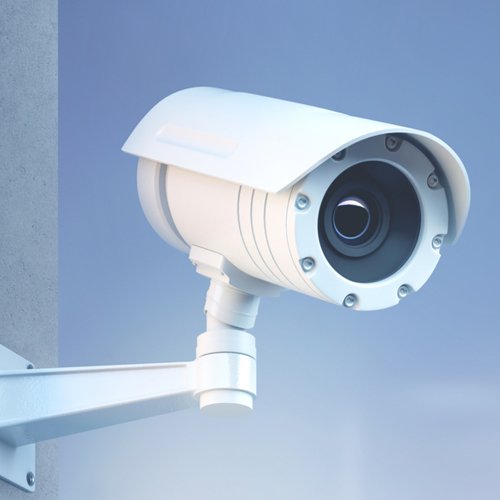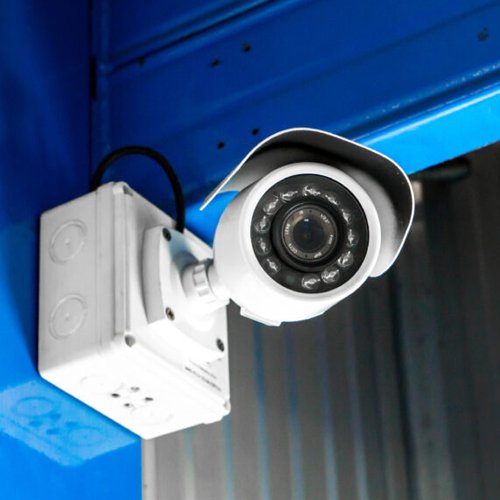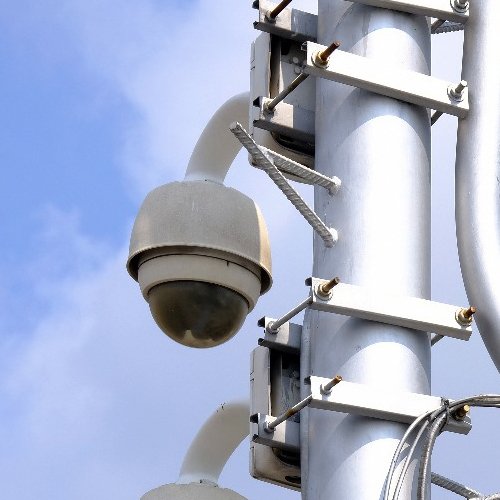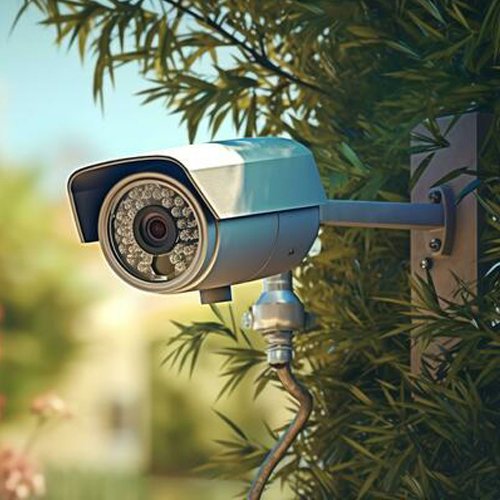
Security Camera Installation and Setup
Installing and setting up security cameras is essential for enhancing safety and monitoring property. Begin by selecting strategic locations, such as entry points, driveways, and high-traffic areas, ensuring optimal coverage. Choose between wired (for reliability) or wireless (for flexibility) cameras based on your needs. Mount the cameras securely using brackets, ensuring they are weatherproof if placed outdoors. For wired systems, run cables to a central recorder (DVR/NVR), while wireless cameras connect via Wi-Fi. Configure the cameras using the manufacturer’s app or software, adjusting settings like motion detection, night vision, and recording schedules. Test the system to ensure clear footage and proper functionality, and consider cloud storage or local backups for recorded data. Regular maintenance, such as cleaning lenses and checking connections, helps maintain long-term performance.
